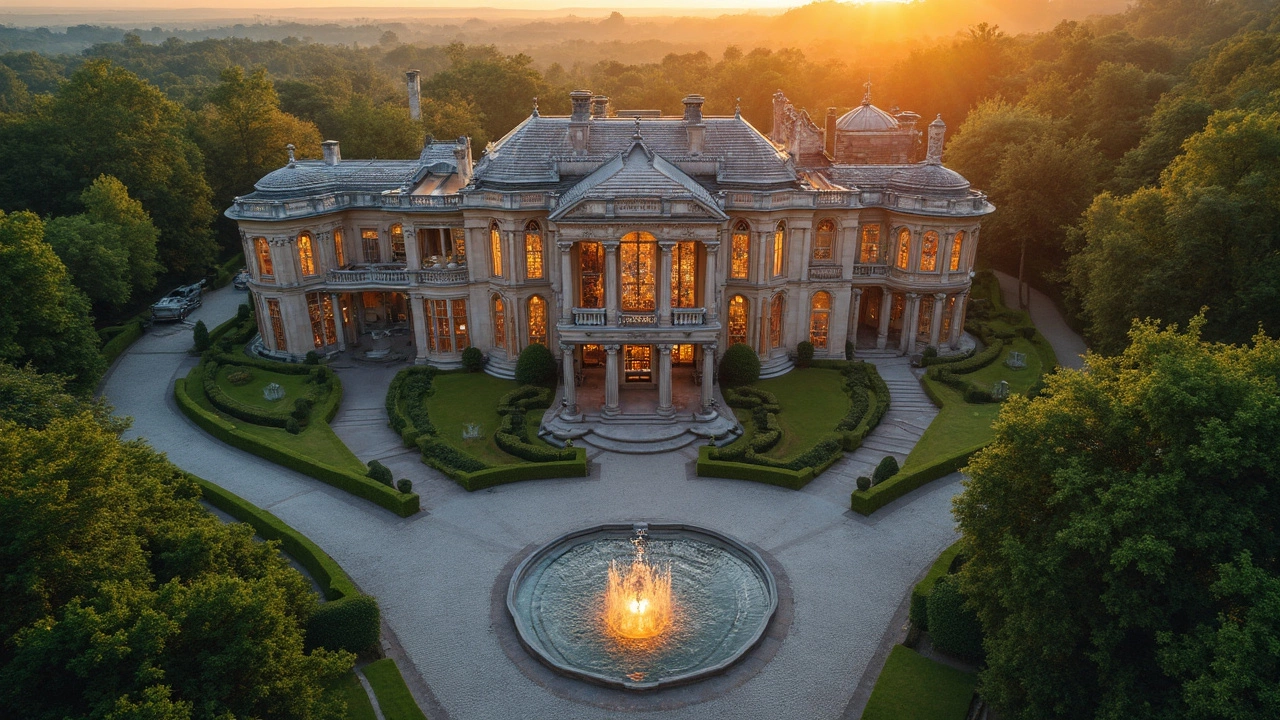Biltmore Estate Owner: The Story Behind America’s Biggest House
If you’ve ever seen photos of a massive stone mansion set in rolling hills, you’re probably looking at the Biltmore Estate in Asheville, North Carolina. It’s the largest privately‑owned home in the United States, with 250 rooms and more than 180,000 square feet of living space. But who actually owns this iconic property today? Let’s break it down in plain terms.
The estate was built by George Washington Vanderbilt II, a member of the famous Vanderbilt railroad dynasty, between 1889 and 1895. When George died in 1914, he left the estate to his youngest daughter, Cornelia Vanderbilt Cary. From there, ownership passed down through the family line and is now in the hands of the Biltmore Estate Company, a trust that runs the house, the gardens, and the surrounding 8,000‑acre wildlife preserve.
Why the Biltmore Estate Still Feels Private
Even though the estate is open to the public for tours, the property itself is not for sale. The Vanderbilt descendants set up a trust that prevents the land from being divided or sold off piece by piece. That means the same family has kept control for more than a century, ensuring the historic architecture and the 250‑room masterpiece stay intact.
The trust also runs a thriving hospitality business on the grounds. There are luxury hotels, a winery, restaurants, and a farm‑to‑table shop. All of those businesses funnel revenue back into maintaining the house and preserving the estate’s natural beauty. In other words, the Biltmore’s owners have turned a private mansion into a self‑sustaining resort that funds its own preservation.
What This Means for Travelers Looking for Luxury Retreats
When you’re planning a getaway in Lancashire or anywhere else, it helps to know how the world’s biggest private home stays afloat. The Biltmore model shows that a blend of historic charm and modern amenities can work beautifully. That’s why many Lancashire lodges and retreats aim to mix classic cottage vibes with upscale services—think cozy rooms, great food, and activities that let you explore nature.
If you love the idea of staying somewhere with a story, look for places that highlight their heritage. A Lancashire cottage that was once a farmer’s barn, or a lodge built on the grounds of an old manor, can give you that same sense of stepping into history while enjoying today’s comforts. The Biltmore’s success proves that guests are willing to pay a premium for authentic experiences that feel both luxurious and personal.
So, the short answer: the Biltmore Estate is owned by a family trust set up by the Vanderbilt heirs, and it’s run as a hospitality and preservation business. That structure keeps the mansion open for tours, supports a range of upscale services, and protects the property for future generations.
Next time you book a cottage or a boutique hotel, ask yourself: does this place have a story worth preserving? If it does, you’re likely to enjoy a stay that feels more than just a night in a room—it becomes part of a living heritage, just like the Biltmore Estate.

Who Owns the Biggest House in the USA? | Ultimate Mansion Guide 2025
Discover who owns the biggest house in the USA, its jaw-dropping history, and fascinating details about America's largest mansion. Your insider guide to record-breaking homes.
Continue Reading